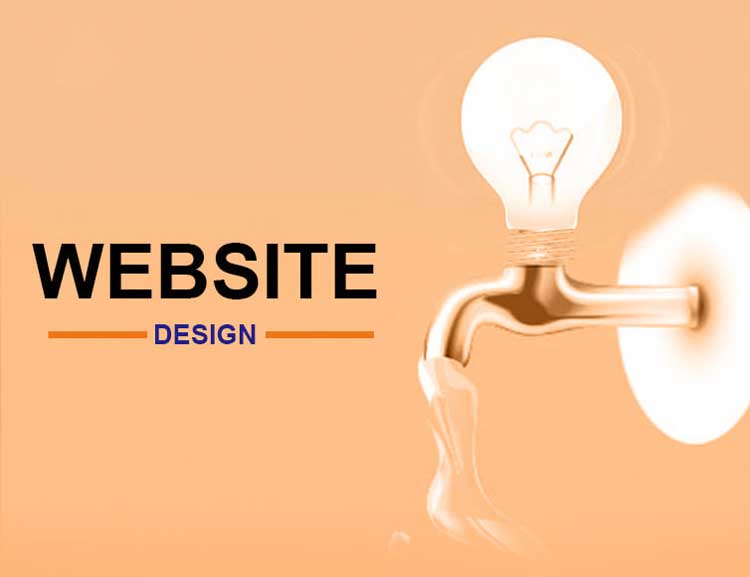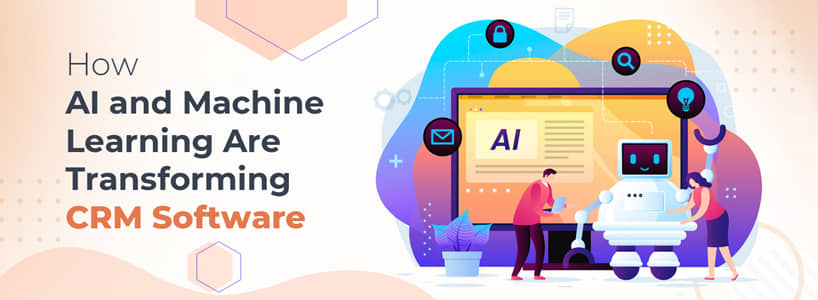Innovative Web Design Trends
As web design continues to evolve, new trends are emerging that enhance user experience, boost engagement, and make websites more dynamic and interactive. Businesses can create more immersive, interactive, and personalized online experiences that resonate with users and meet their evolving needs.
Innovative Web Design Trends
- AI-Driven Design and Personalization: Websites will automatically adapt content, layouts, and interactions based on individual preferences and habits. AI tools will help designers automate aspects of the design process, generating layout suggestions, color schemes, and even content based on user data and AI insights.
- Voice User Interface: VUI will enhance accessibility, offering hands-free browsing for users on the go or those with disabilities, transforming how people interact with websites.
- Minimalism and White Space: Clean, clutter-free layouts create a calming user experience, making websites more intuitive and easier to navigate. Minimalism also helps reduce page load times by limiting unnecessary visual elements and animations, improving site performance essential in today’s mobile-first world.
- Progressive Web Apps (PWA): Users can interact with websites in real time, even offline, without downloading apps. PWAs are lightweight, fast, and more responsive, delivering better performance and a smoother user experience.

- Motion Graphics and Advanced Animations: Websites are now incorporating advanced animations and videos to tell compelling brand stories, explain complex ideas, or showcase products.
- Single-Page Applications: Users can navigate smoothly without page reloads, creating a seamless and fast interaction that mimics the feel of a mobile app.
- Parallax Scrolling: Parallax scrolling adds depth and realism to websites, creating a sense of immersion as users scroll through content.
Innovative Web Design Trends
As web design continues to evolve, new trends are emerging that enhance user experience, boost engagement, and make websites more dynamic and interactive. Businesses can create more immersive, interactive, and personalized online experiences that resonate with users and meet their evolving needs.
Bansal Trading Company a Leading Chemical Distributor in India
Bansal Trading Company is known for its extensive product range, strategic partnerships with top manufacturers, and commitment to innovation. preferred choice for businesses seeking reliable chemical distribution in India. The company has built a strong reputation for providing high-quality chemicals across various industries, including plastics, personal care, home care, paints, and coatings.
Best Practices for Successful ERP Software Implementation in Schools
Implementing Enterprise Resource Planning (ERP) software in schools can be a complex process, but following best practices can help ensure a successful deployment.
How ERP Software can help you improve student learning outcomes
Enterprise Resource Planning (ERP) software can play a crucial role in improving student learning outcomes by streamlining and enhancing various aspects of educational institutions.
How AI and Machine Learning Are Transforming CRM Software
AI (Artificial Intelligence) and machine learning have significantly transformed Customer Relationship Management (CRM) software, enhancing its capabilities and providing businesses with powerful tools to improve customer interactions and relationships.




